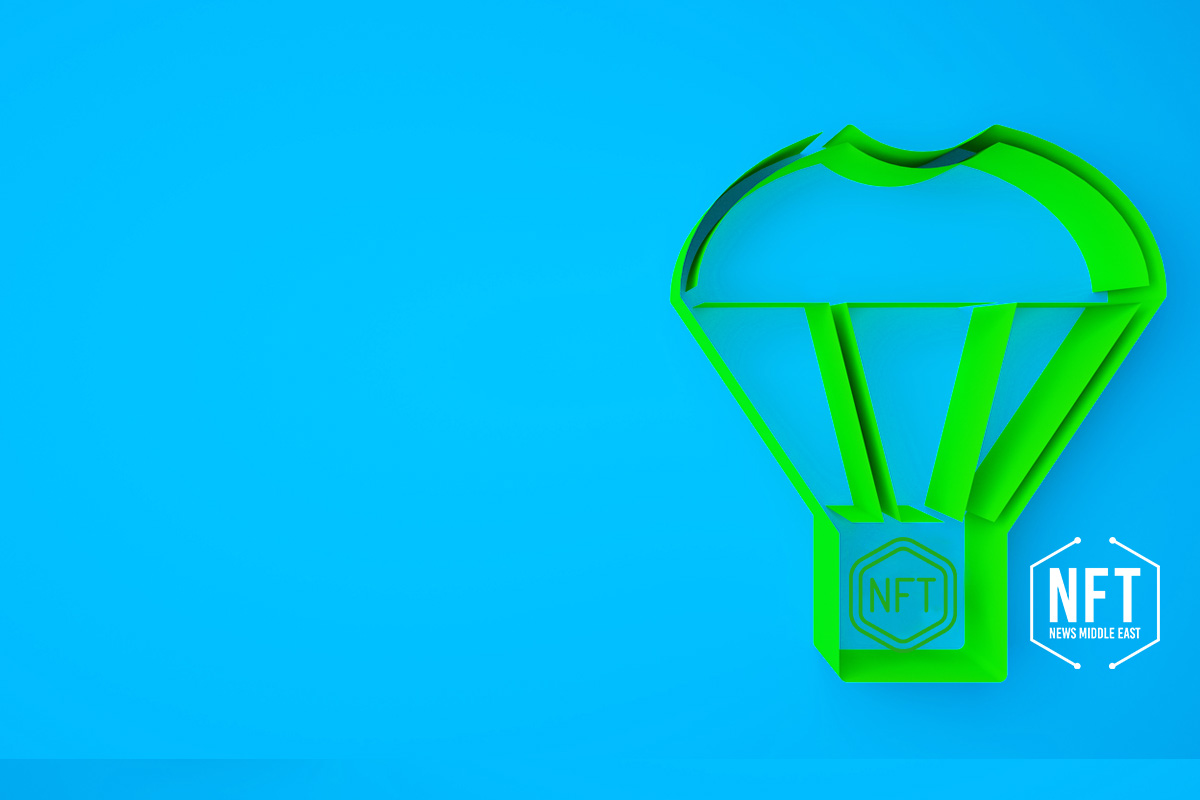In every cryptocurrency and NFT community, it is widely held that NFTs are here to stay and that they can change investing forever. With a worth of about $41 billion in 2021 and the probability of it overtaking the global fine art market, NFTs will only become increasingly popular as the years go by. The recent development in the Blockchain space of an Airdrop will also serve this purpose.
An Airdrop is the free distribution of a digital asset like cryptocurrency or NFT, usually as a marketing or promotional strategy or as a benefit for participating in an experience or purchasing a digital asset. Airdrops are used to draw attention to a new project or start-up and promote one before it launches officially.
What are NFT Airdrops
NFT Airdrops are essentially a gift or reward usually given in the form of cryptocurrency or tokens. Developers send users such gifts as a token of appreciation, and it simultaneously serves the purpose of advertising. NFT airdrops can be extremely valuable, and an example of a valuable NFT is the Bored Ape Mutant Serum. Although the Mutant Serum was airdropped free to users, a Mega Mutant Serum is currently valued at 1,542.069 ETH.
How does NFT Airdrop work?
The way NFTs airdrops work is not such a mystery. Either an airdrop is predetermined by the purchase of the NFT, for example, the VeeFriends NFT, or it works like a giveaway. This means that when a user is eligible for an airdrop, he can be picked at random by the company for an airdrop. This is what happened with OpenDAO, where the users who had traded NFTs on the OpenSea marketplace since day one were airdropped 50% of OpenDAO’s total supply.
For any user to receive an airdrop, they must first have a wallet where they can store the airdropped token. This is standard practice for any user to receive an airdrop. Also, you may have to hold a minimum amount of the NFT or must have used a particular service such as transacting on the marketplace.
Many brands or start-ups that provide NFT trading usually have online forums for discussions, such as Twitter or Telegram, and users may be required to perform a specific task to receive an airdrop. Such tasks could be following the brand or inviting someone to follow, sharing a social media post, creating content concerning the brand, or assisting in spreading awareness.
Moreover, airdrops may have a specific deadline with limited spots for the proposed task to be completed. It is up to the brand to determine how they will receive their airdrops, but ultimately, it is not something far-fetched.
Conclusion
NFT airdrops provide an inexpensive and easy way for brands to market their tokens and allow individuals to build relationships with them. It helps build wealth for users when an airdrop is finally valued. However, like every popular venture, airdrops are susceptible to fraud. Therefore, users are to do their due diligence and research before accepting any airdrop to verify the authenticity of such tokens.
















